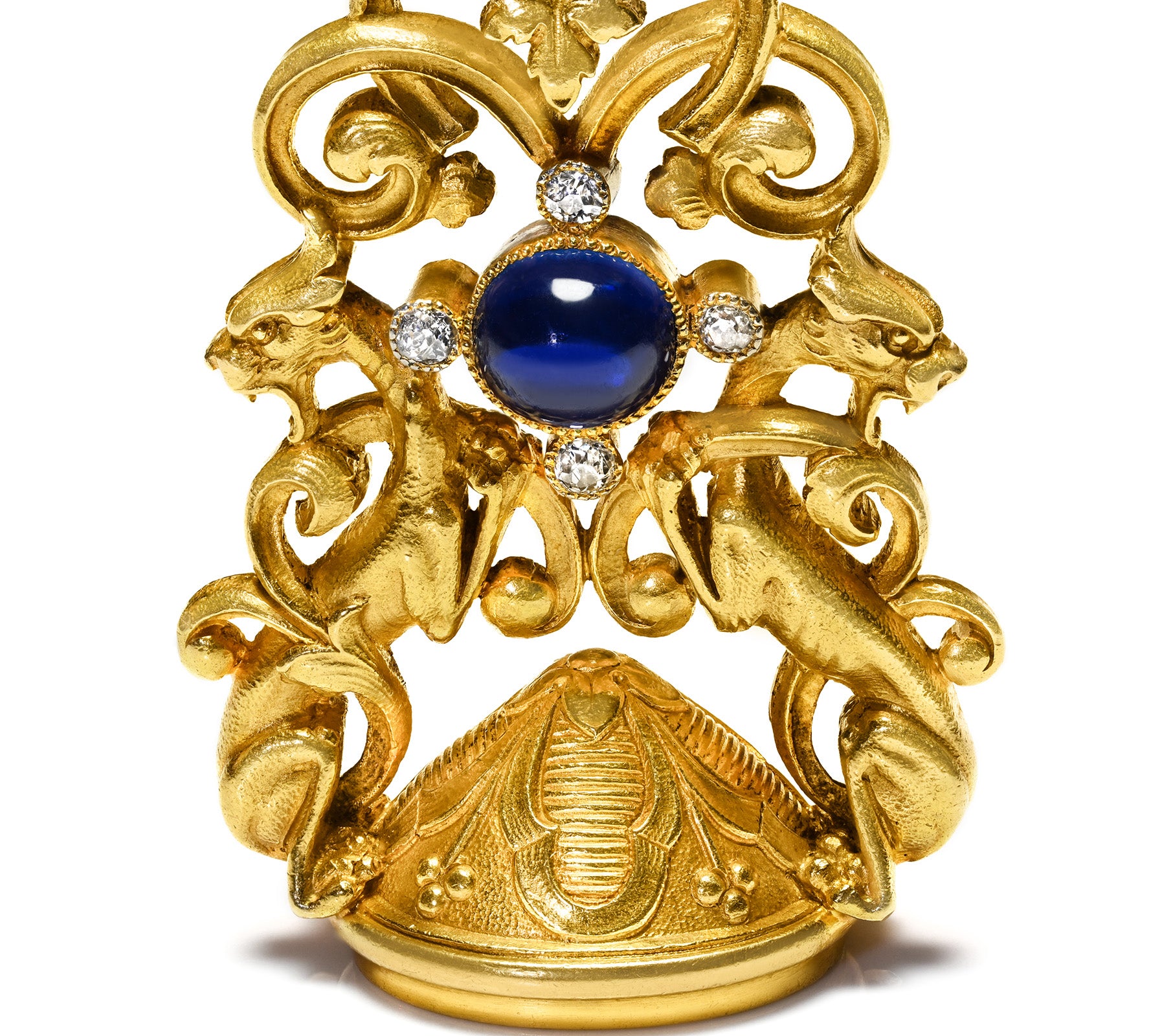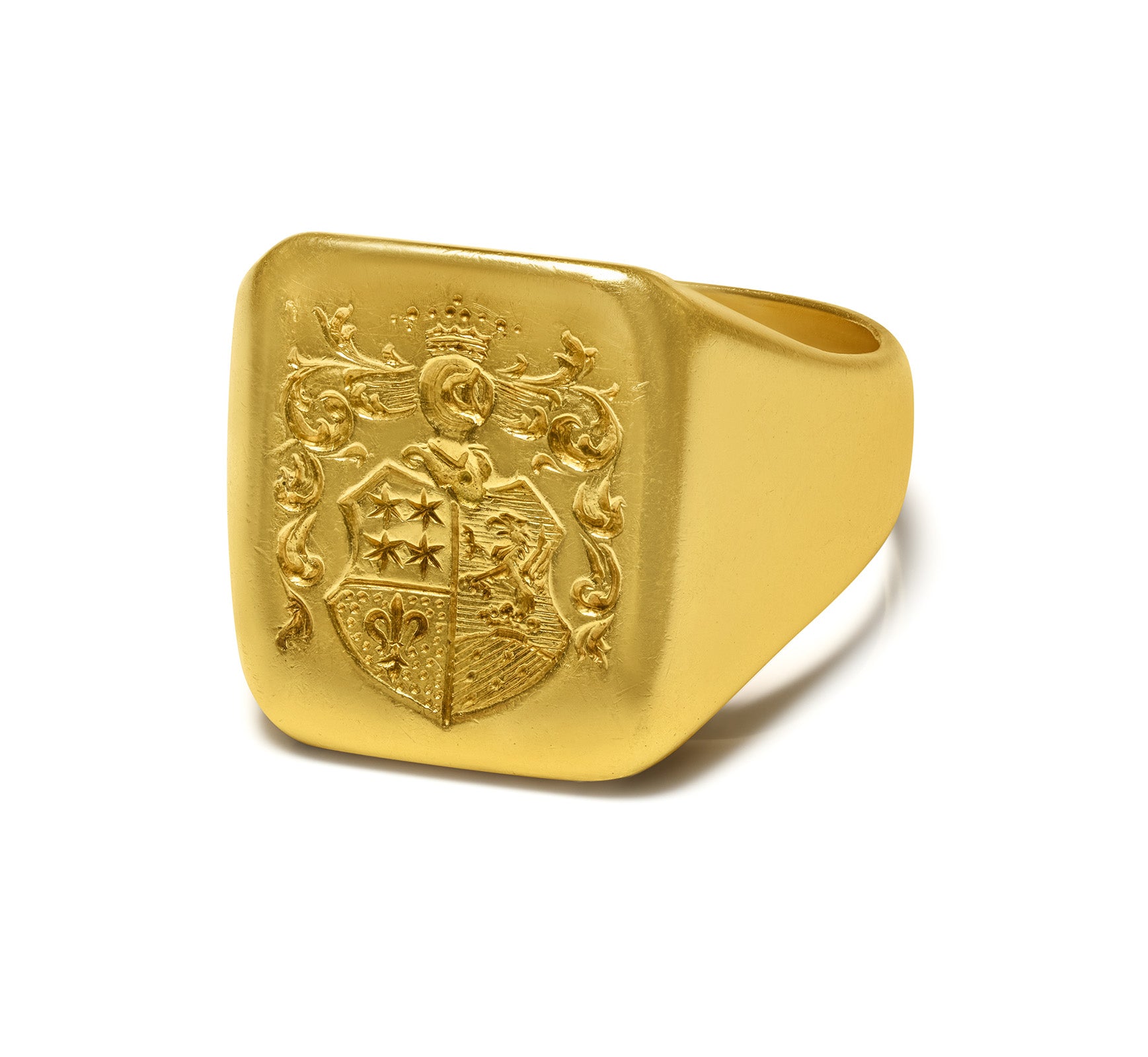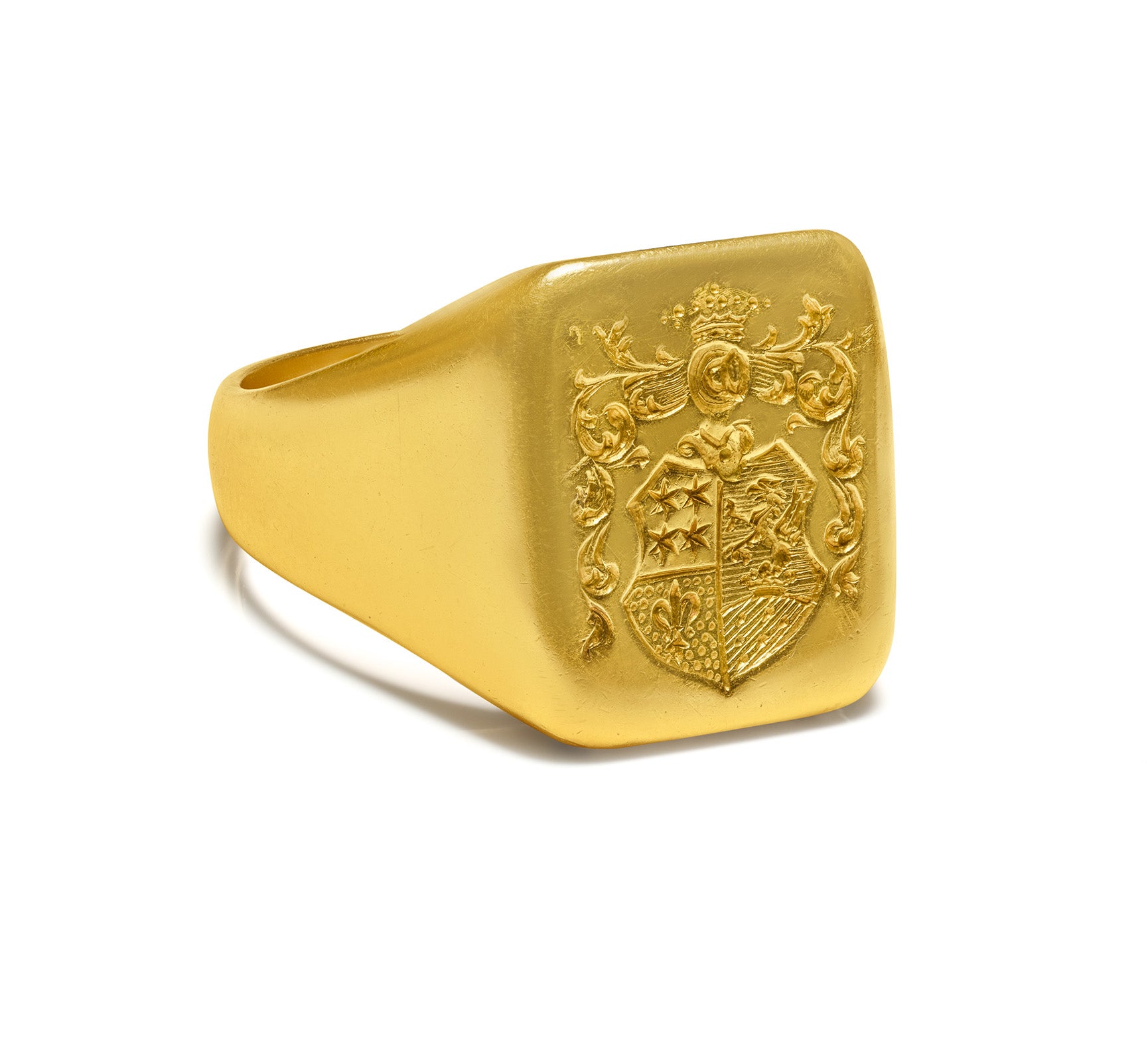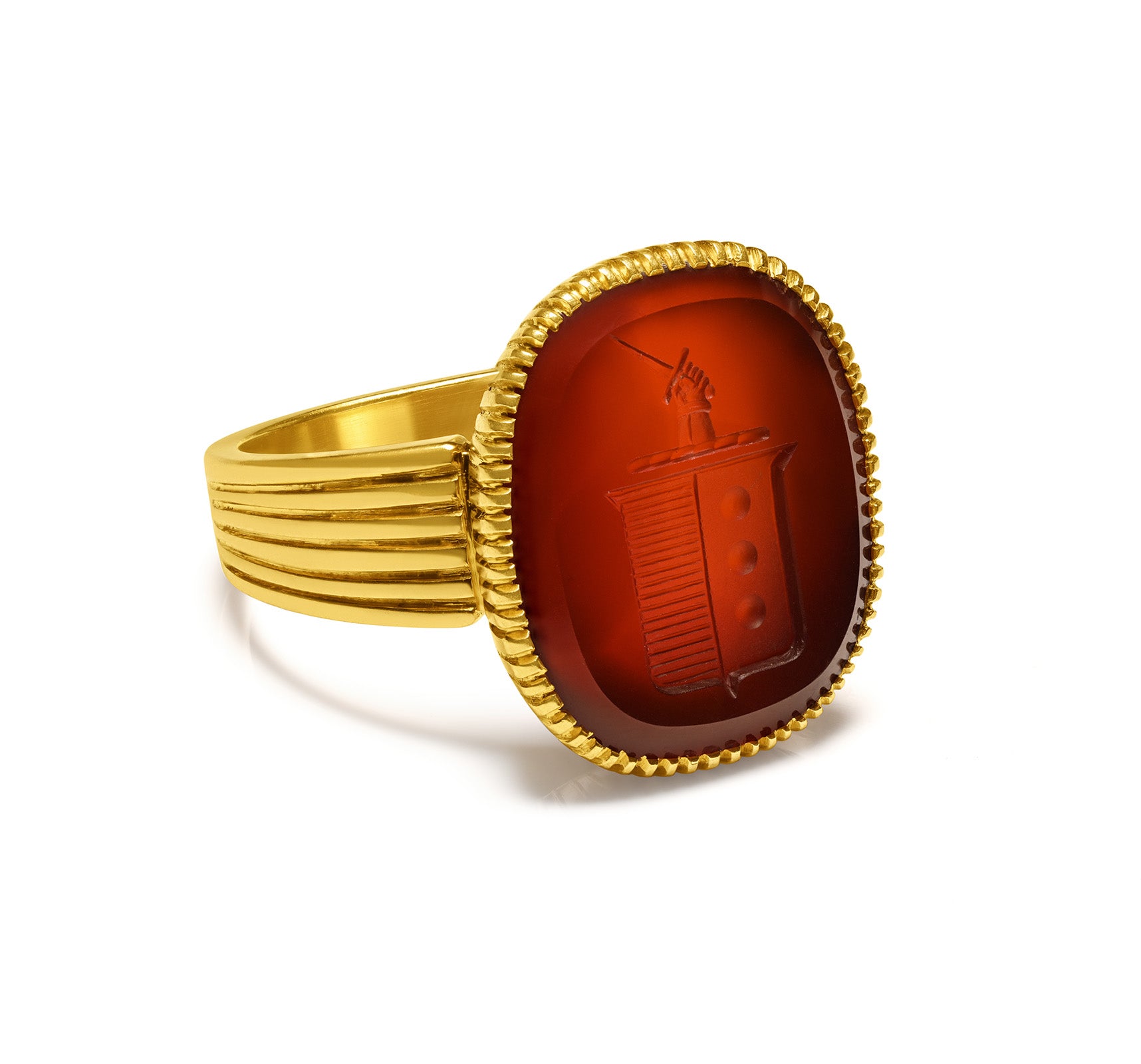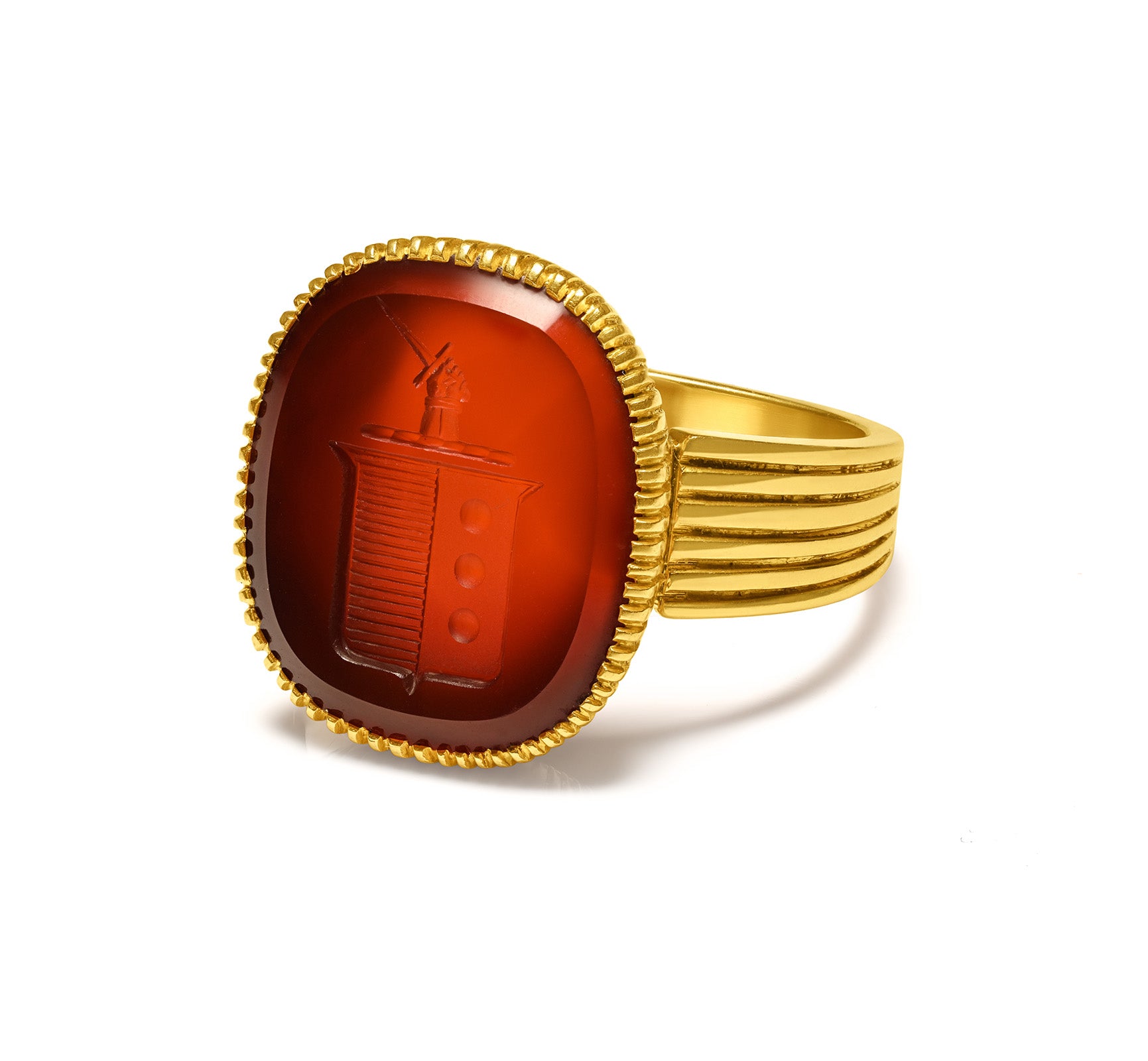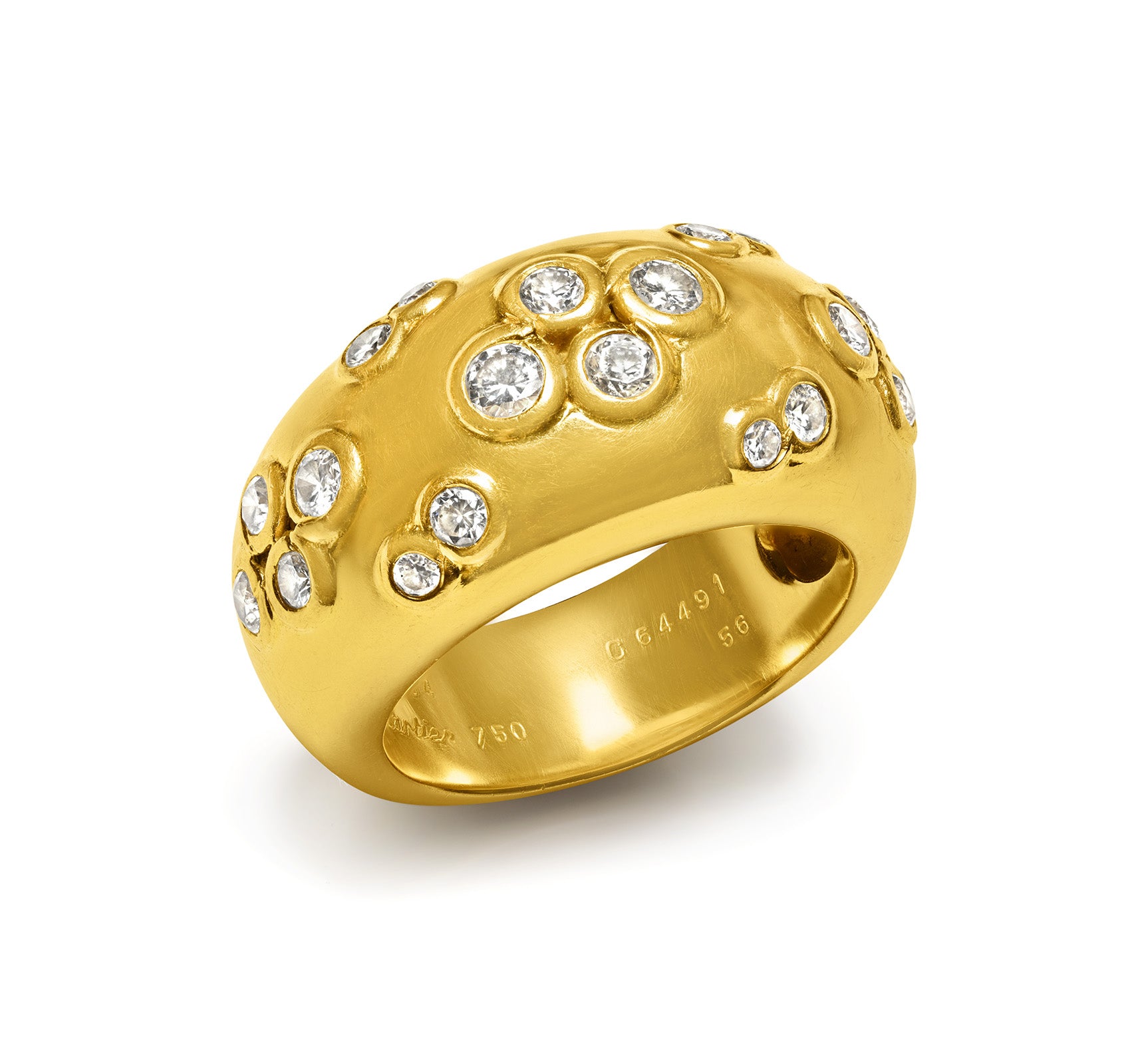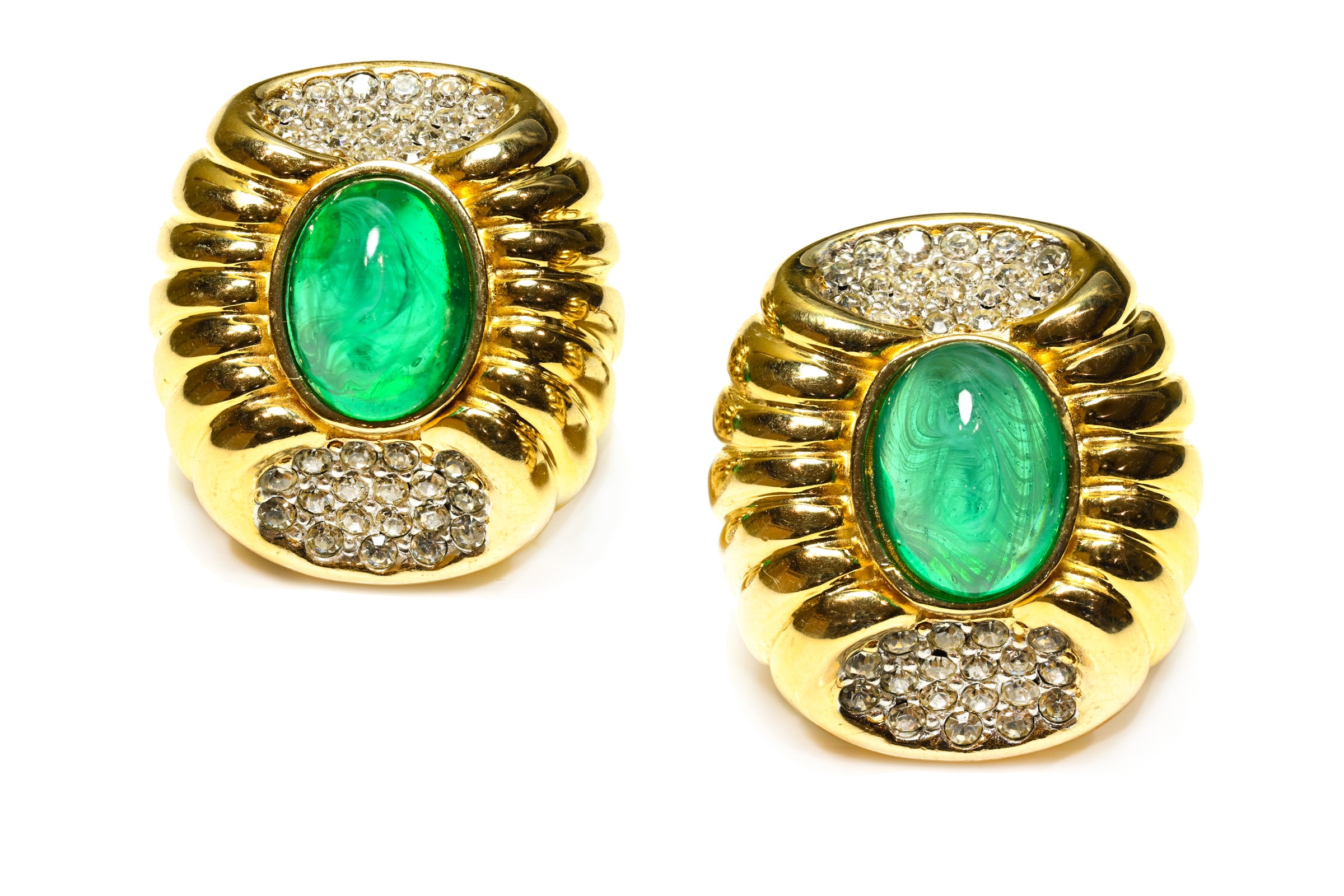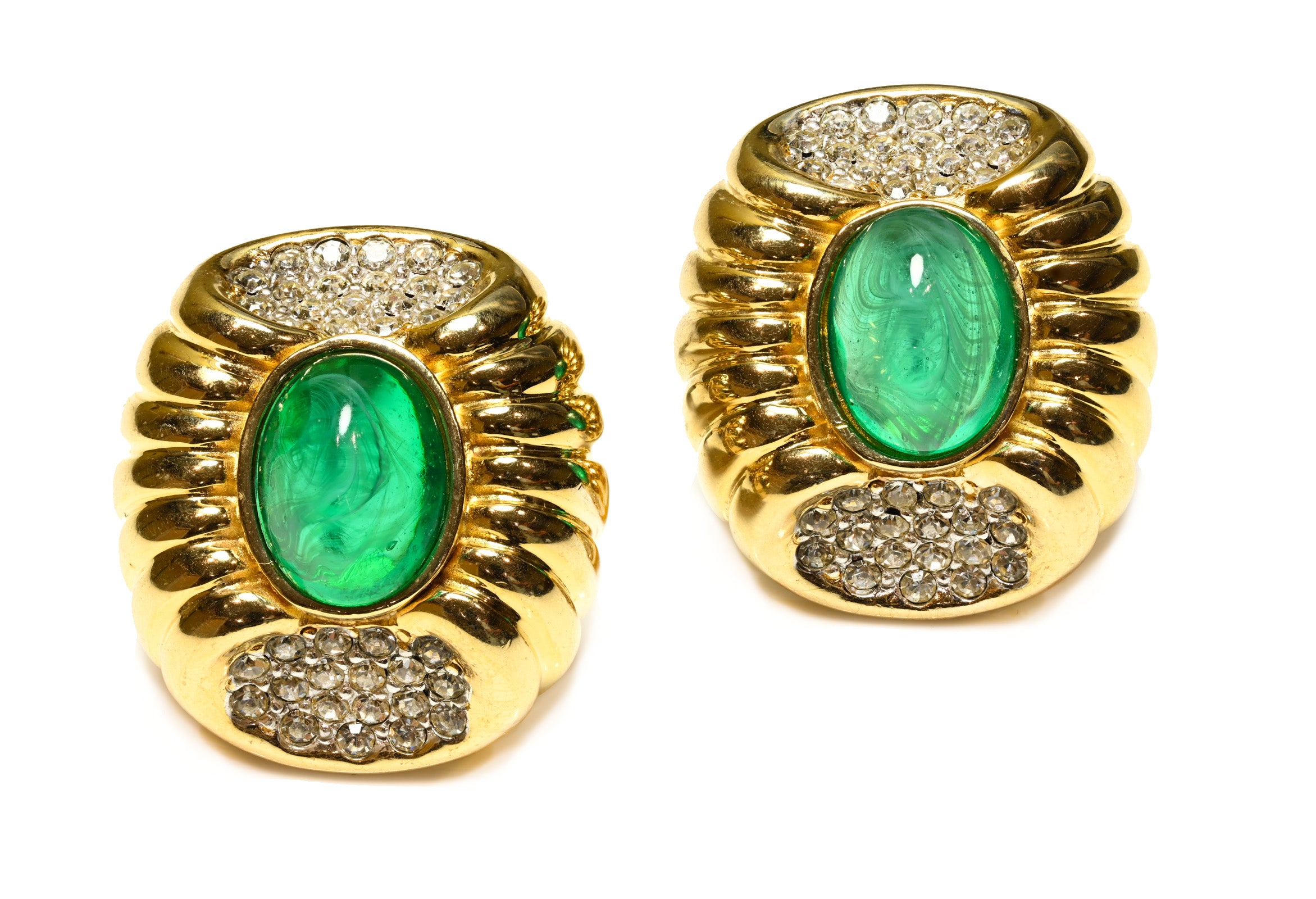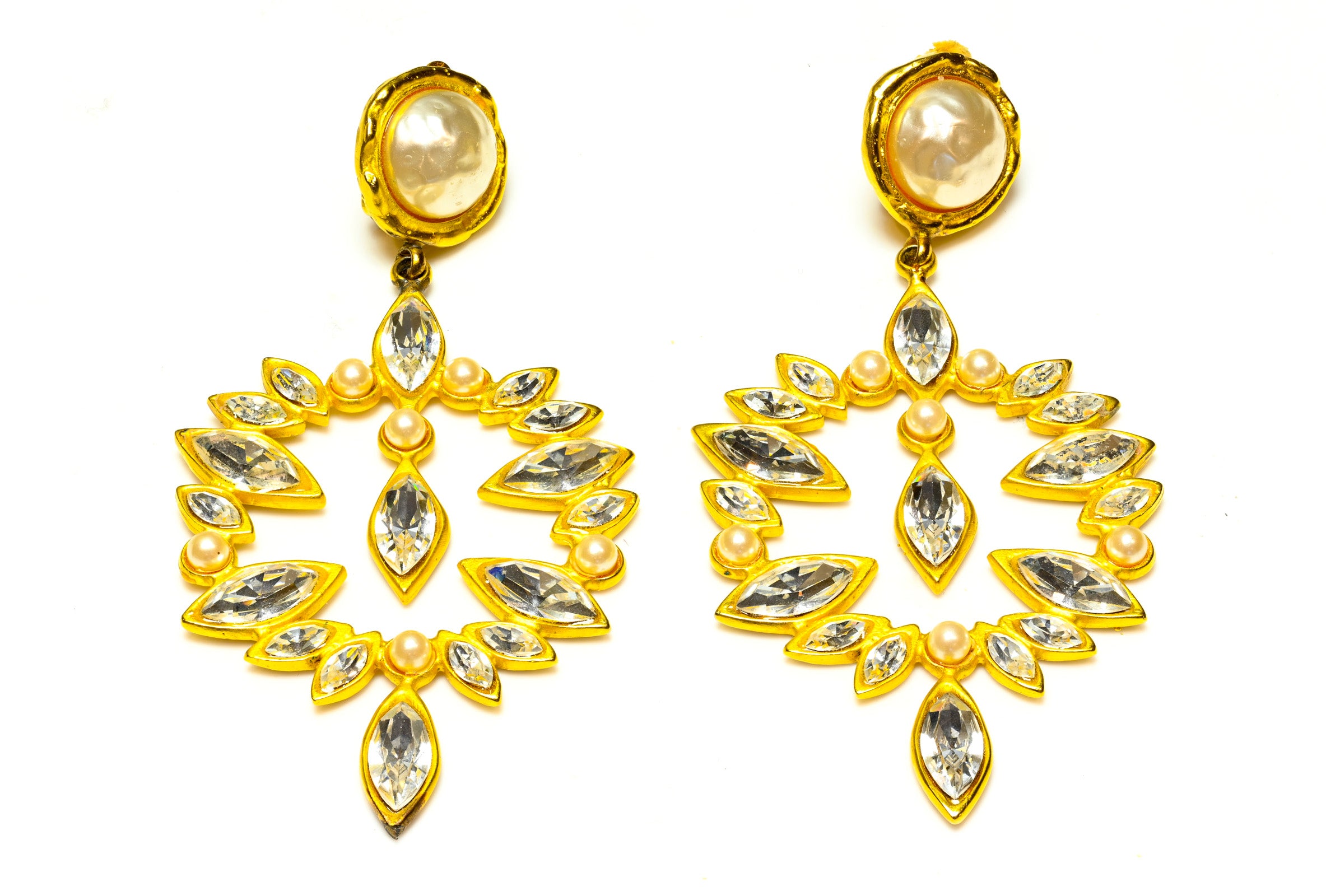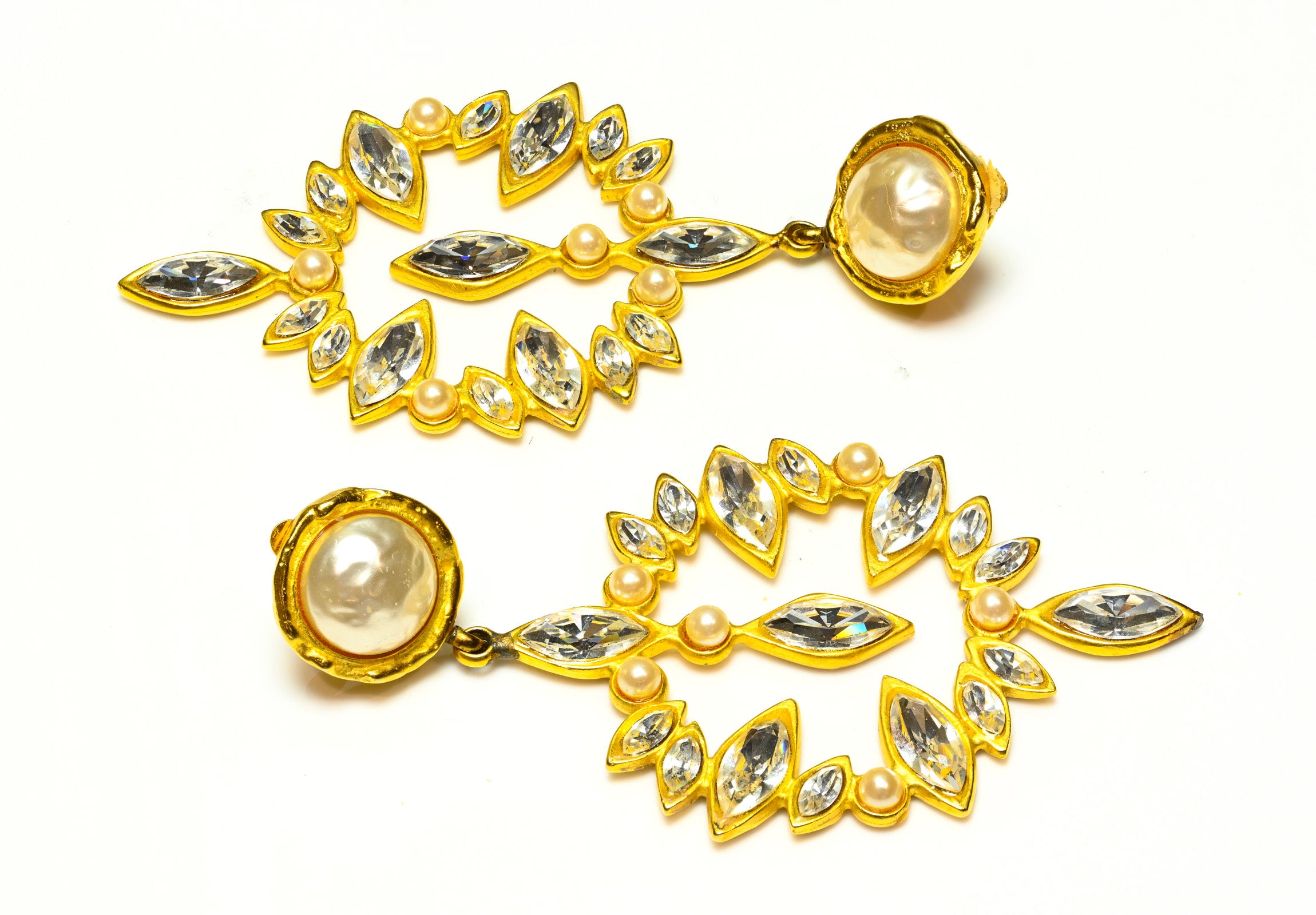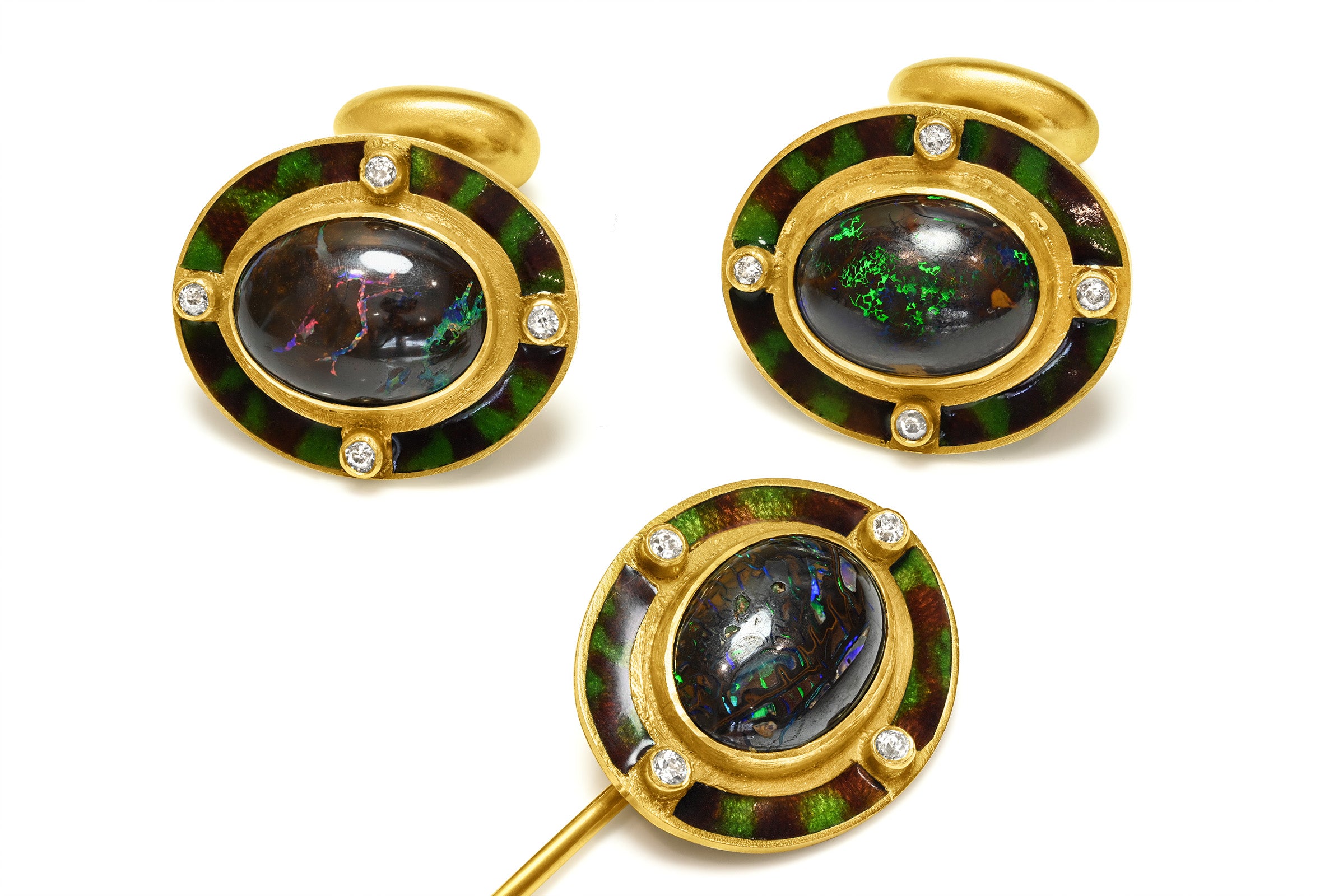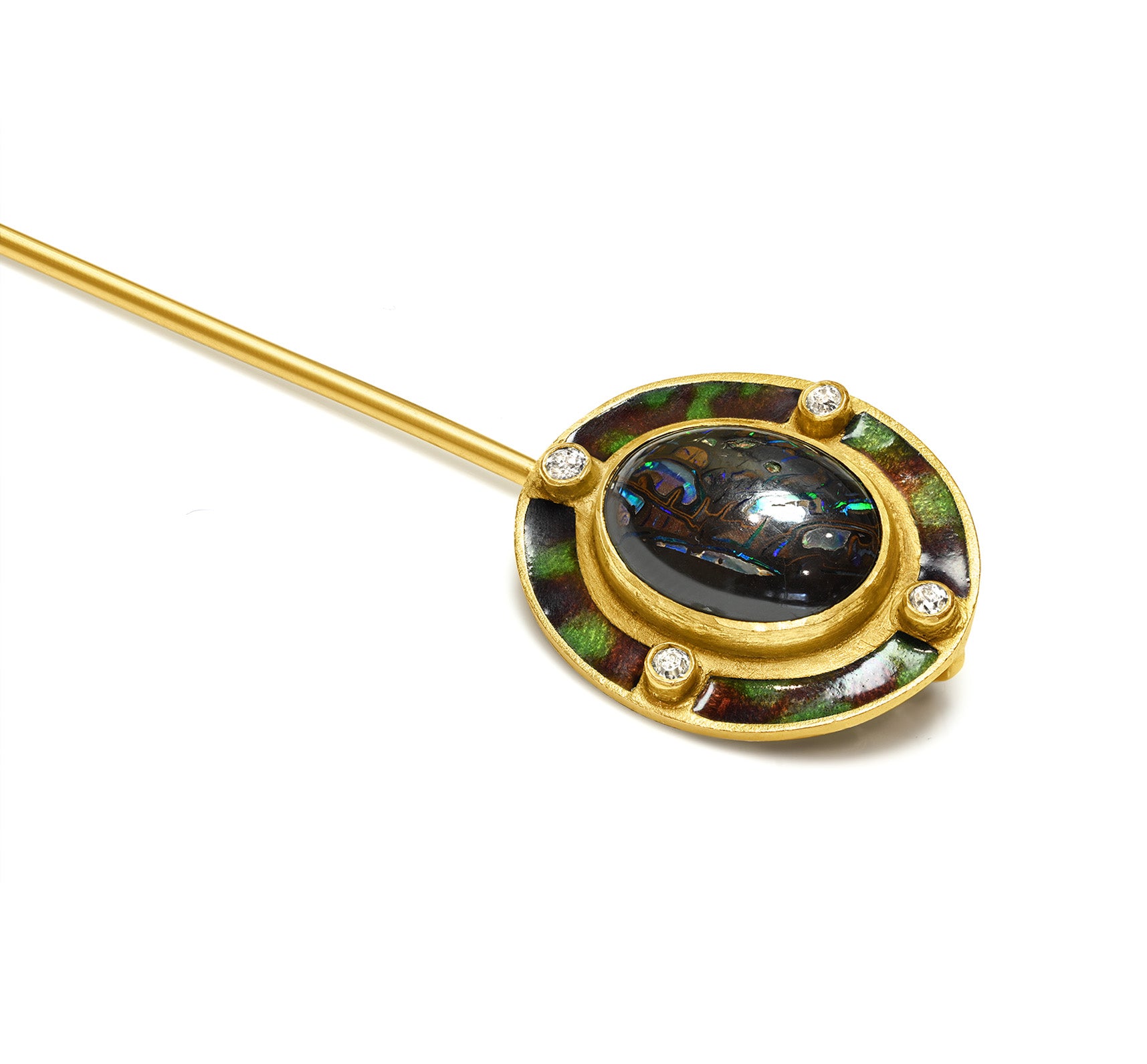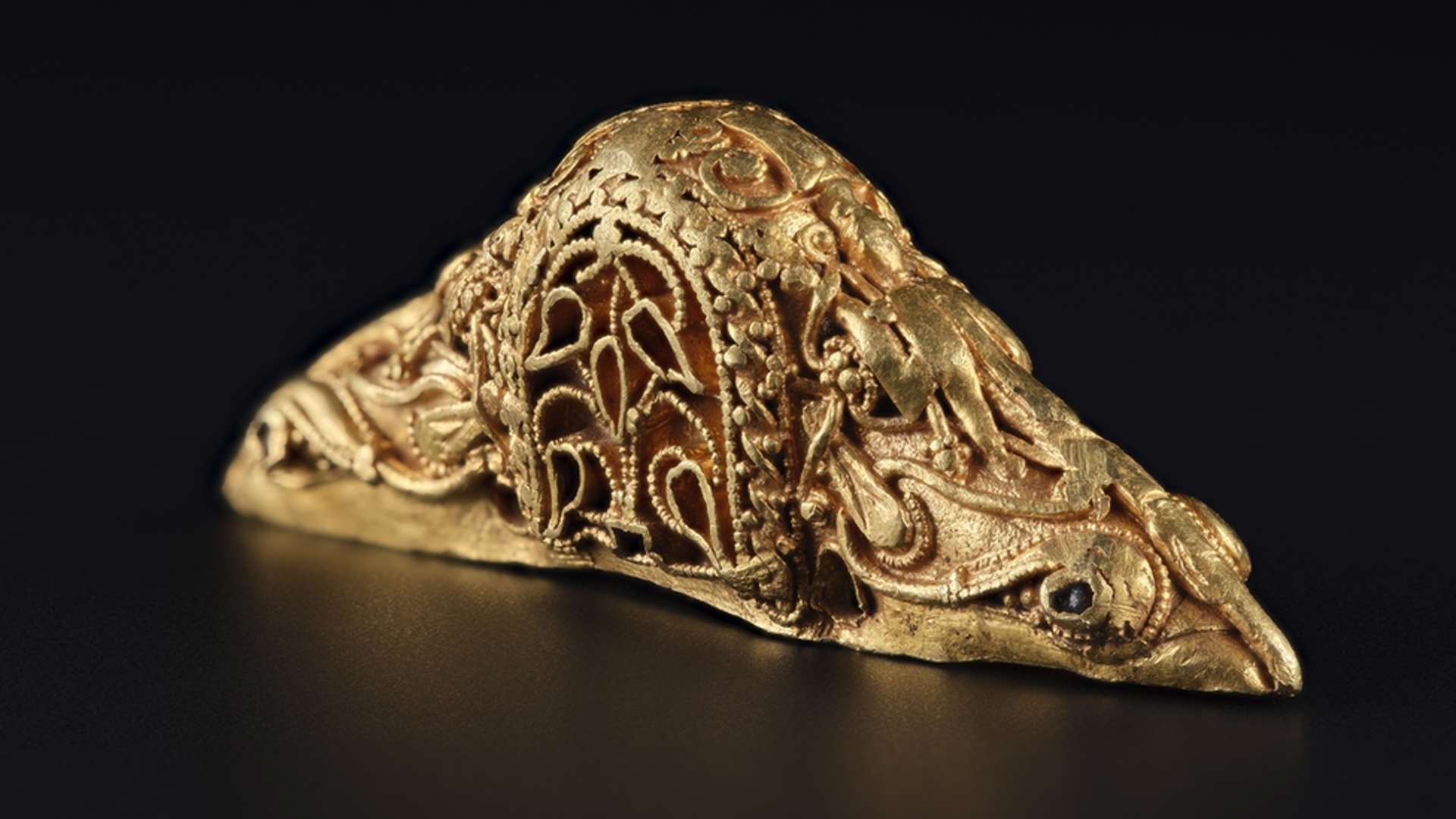
A Scottish Museum Acquired A Very Rare And Old Gold Sword Pommel
National Museums Scotland (NMS) recently acquired an "exceptionally rare" pommel made of gold, National Museums Scotland acquired an "exceptionally rare" pommel made of gold, a decorative piece attached to the bottom of a sword, used as a counterweight.
The jewel, we can unreservedly call it so, was discovered near Stirling with a metal detector.
The jewel, we can unreservedly call it so, was discovered near Stirling with a metal detector.
Found in 2019, the pommel is over 1,300 years old, measures 5.5cm wide, weighs 25g, and has been valued at around £30,000 (about 35,500 USD), and its discovery is considered "highly significant".
According to the BBC, the pommel dates from around 700 AD, and the senior curator of archaeology and medieval history at National Museums Scotland, dr Alice Blackwell, says gold objects from this period were "virtually unknown" in Britain.
Blackwell added that the pommel is concrete evidence of the skill and spectacular craftsmanship of the early medieval period.
Made of solid gold, the object is encrusted with garnets and intricate goldwork, depicting religious motifs and fantastical creatures.
Dr. Blackwell explained that the archaeological value of the pommel is all the greater because it speaks to important cultural, political, and artistic interactions in northern Britain during the period. Its pattern combines elements from both Anglo-Saxon England and the early medieval kingdoms of Scotland.
According dr. Blackwell, this melding of different cultural styles is known as "insular art" style, which was made famous by illuminated manuscripts such as the Lindisfarne Gospels.
"Early medieval Scotland is a really interesting period," said Dr. Blackwell.
"You have several culturally distinct kingdoms, and the design of the punch has taken from the different cultures and blended them."
It seems that it was precise because of this merging of styles was more difficult to determine precisely where it was made and to whom it might have belonged.
Dr. Blackwell believes that the pommel may have belonged to a royal family, given the higher standard of gilding the fist had compared to other gold objects of the same period.
"In a sense, this is the beginning of the artifact's journey," Dr. Blackwell said.
"There is still much research and work to be done to uncover what stories it can tell us about the political and cultural landscape of northern Britain during this period."
The discovery was made at Blair Drummond towards the end of 2019, but the NMS said that due to restrictions during the pandemic, decisions on its acquisition were delayed.
Photo Credit: Gold Sword Pommel / © National Museums Scotland


